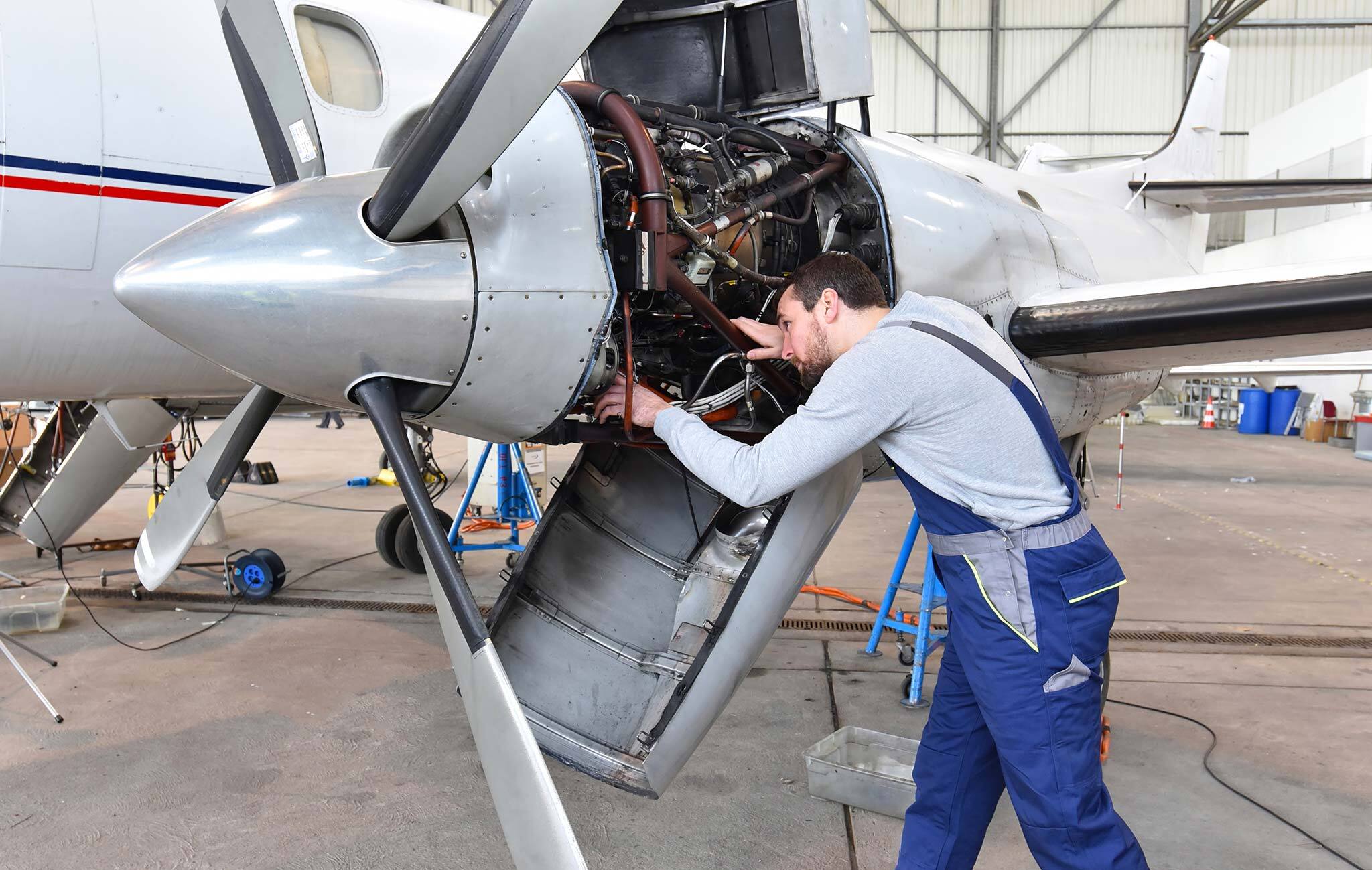
Aerospace engineering is a field that combines creativity, precision, and innovation to design and build aircraft and spacecraft. Ever wondered what makes this field so intriguing? Aerospace engineers work on everything from commercial planes to space exploration vehicles. They ensure these machines are safe, efficient, and capable of withstanding extreme conditions. This field isn't just about flying; it's about pushing boundaries and exploring new frontiers. Whether you're fascinated by the mechanics of flight or the mysteries of space, aerospace engineering offers a world of possibilities. Let's dive into some amazing facts about this incredible field!
Key Takeaways:
- Aerospace engineering is a cool field that designs planes and spacecraft. It's been around for a long time and offers lots of job opportunities in both civilian and military projects.
- Aerodynamics and materials are super important in aerospace engineering. Engineers use wind tunnels and cool materials like titanium to make planes and spacecraft fly high!
What is Aerospace Engineering?
Aerospace engineering is a fascinating field that combines the principles of physics and mathematics to design, develop, and test aircraft, spacecraft, and missiles. This branch of engineering is divided into two main areas: aeronautical and astronautical engineering. Let's explore some intriguing facts about this high-flying profession.
-
Aerospace engineering is one of the oldest branches of engineering. The Wright brothers, who invented the first successful airplane in 1903, are often considered the pioneers of this field.
-
Aerospace engineers work on both civilian and military projects. They design commercial airplanes, private jets, helicopters, and even drones. On the military side, they develop fighter jets, bombers, and surveillance aircraft.
The Role of Aerodynamics
Aerodynamics plays a crucial role in aerospace engineering. It involves the study of how air interacts with solid objects, like an airplane wing or a rocket.
-
Aerodynamics is essential for flight stability and control. Engineers use wind tunnels and computer simulations to test how air flows over different shapes and surfaces.
-
The shape of an aircraft's wing is critical for lift. Known as an airfoil, the wing's shape helps generate lift by creating a pressure difference between the upper and lower surfaces.
Materials Used in Aerospace Engineering
The materials used in aerospace engineering must be lightweight yet strong enough to withstand extreme conditions.
-
Composite materials are commonly used in modern aircraft. These materials, made from two or more constituent materials with different properties, offer high strength-to-weight ratios.
-
Titanium is a popular material in aerospace engineering. It is lightweight, strong, and resistant to corrosion, making it ideal for aircraft and spacecraft components.
The Importance of Propulsion Systems
Propulsion systems are the heart of any aircraft or spacecraft, providing the necessary thrust to overcome gravity and drag.
-
Jet engines are the most common propulsion systems for aircraft. They work by compressing air, mixing it with fuel, and igniting the mixture to produce thrust.
-
Rocket engines are used for space travel. Unlike jet engines, rocket engines carry both fuel and an oxidizer, allowing them to operate in the vacuum of space.
Career Opportunities in Aerospace Engineering
Aerospace engineering offers a wide range of career opportunities, from research and development to manufacturing and maintenance.
-
Aerospace engineers can work for government agencies like NASA. They may be involved in designing spacecraft, conducting research, or planning missions.
-
Private companies also hire aerospace engineers. Companies like Boeing, Lockheed Martin, and SpaceX are always on the lookout for talented engineers to help develop the next generation of aircraft and spacecraft.
Final Thoughts on Aerospace Engineering
Aerospace engineering is a fascinating field that pushes the boundaries of what's possible. From designing cutting-edge aircraft to exploring the mysteries of space, this discipline has a profound impact on our world. Engineers in this field work on everything from commercial planes to space shuttles, making travel faster and more efficient. They also play a crucial role in national defense, developing advanced military aircraft and technologies. With the rise of private space companies, aerospace engineering is more exciting than ever. Innovations in this field can lead to new discoveries and advancements that benefit all of humanity. If you're passionate about science, technology, and exploration, aerospace engineering offers endless opportunities. Keep learning, stay curious, and who knows? You might be the next person to make a groundbreaking contribution to this incredible field.
Frequently Asked Questions
Was this page helpful?
Our commitment to delivering trustworthy and engaging content is at the heart of what we do. Each fact on our site is contributed by real users like you, bringing a wealth of diverse insights and information. To ensure the highest standards of accuracy and reliability, our dedicated editors meticulously review each submission. This process guarantees that the facts we share are not only fascinating but also credible. Trust in our commitment to quality and authenticity as you explore and learn with us.


